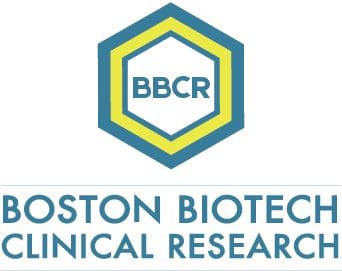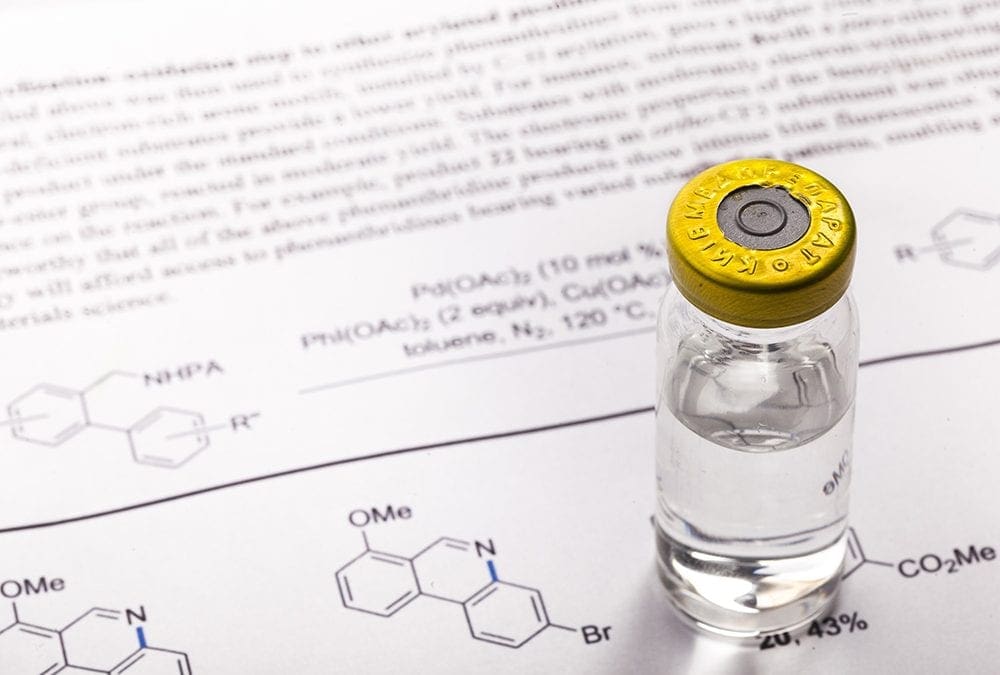In practice, for a given clinical trial, it is not uncommon to have 3–5 protocol amendments after the initiation of the clinical trial. One of the major impacts of many protocol amendments is that the target patient population may have been shifted during the process, which may have resulted in a totally different target patient population at the end of the trial.
A typical example is the case when significant modifications are applied to inclusion/exclusion criteria of the study protocol. As a result, the resultant actual patient population following certain modifications to the trial procedures is a moving target patient population rather than a fixed target patient population. The impact of protocol amendments on statistical inference due to shift in target patient population (moving target patient population) can be studied through a model that link the moving population means with some covariates.
Little data can be found in the literature on protocol amendments, why they occur and their consequences. In an effort to benchmark the incidence, causes, and impact of protocol amendments, Tufts CSDD convened a group of 17 mid-sized and large pharmaceutical and biotechnology companies in 2010. Participating companies contributed data on their protocol amendments and their implementation. The study offers insight into the cost and time required to implement protocol amendments, ways to better anticipate and plan for their impact, and the opportunity to reduce, and even prevent the need to implement certain protocol amendments in the future.
Nearly 60% of protocols required one or more amendments. Nearly 40% of all amendments occurred before the first study volunteer received first dose in the clinical trial. Completed protocols across all phases had an average of 2.3 amendments, though later-stage Phase II and III protocols averaged 2.7 and 3.5 amendments respectively. Each amendment required an average of 6.9 changes to the protocol. 16% were modifications made to the eligibility criteria of the patient population under investigation; 12% were adjustments made in the number and types of safety assessment procedures. Often cause of amendments are changes in the study strategy (18.4%) followed by flaws (11.3%) and difficulties recruiting (9%).
Data gathered on the median total cycle time from when the protocol problem was identified to when the amendment was fully implemented (i.e., first patient resubmitted under the revised protocol) was more than 65 days with an average cost of $453,932 to implement a single protocol amendment.
Kenneth A. Getz MBA, a Senior Research Fellow at the Tufts CSDD and Chairman of CISCRP said: “Intensely ambitious and demanding protocols are at the heart of the problem. Given the demonstrated positive correlation between protocol complexity and the incidence of changes made to the protocol, an important first step in reducing amendments rests with simplifying clinical research study designs”.

Specializing in rare disease, Boston Biotech Clinical Research works with biotech, pharmaceutical, device companies and investors to streamline the clinical trial process. Our experienced team helps each client reach their specific goals by customizing a clinical and regulatory road map of simplified programs and streamlined protocols to meet our clients’ requirements.

